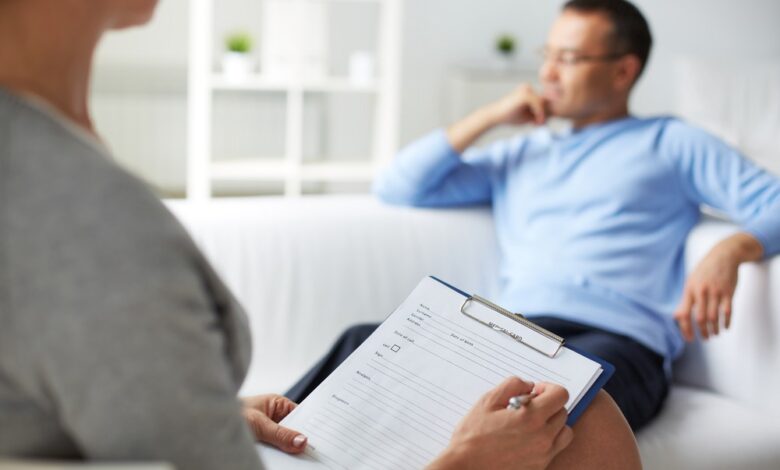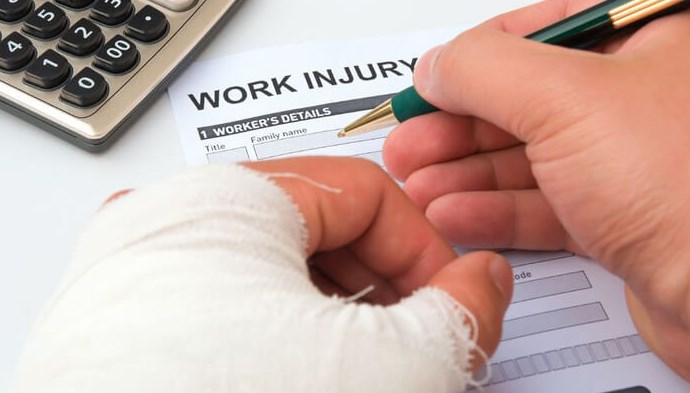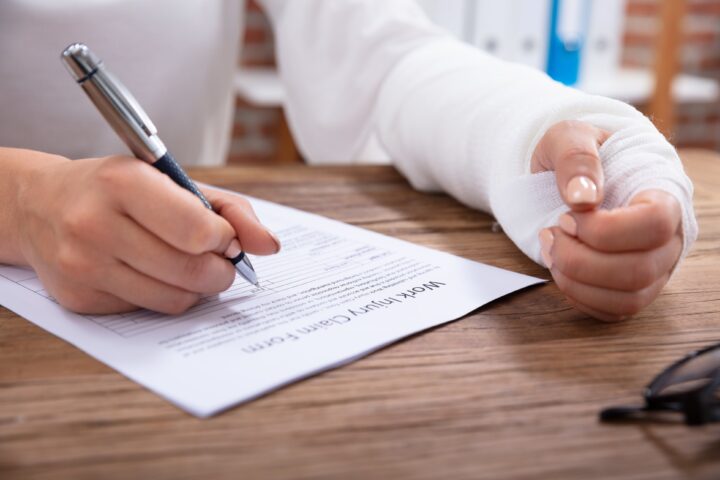A Practical Guide to Costs in Personal Injury Claims

Personal injury can be pricey, make sure you are adding up your damages correctly with this practical guide to costs. If you fail to assess the damages you need to claim for, you could find yourself seriously out of pocket.
There are lots of things that can be covered in your personal injury lawsuit, but if you don’t list them, you won’t get them back. Let’s talk about personal injury claims… what they are and how you make the most of a bad thing.
What Constitutes a Cost in Personal Injury Claims?

Although your lawyer should be able to take you through the correct documentation, it can be tricky to file for damages. Step one, therefore, is to get yourself a great personal injury lawyer. If you can’t find one near you, check out Johnston Law Firm to see if they suit you.
In the meantime, let’s break down what your costs might be, should you have been injured through no fault of your own. A personal injury cost is described as any costs that you have incurred as a direct result of your injury. The costs might be convoluted, they might be basic, and they might be literal. It doesn’t matter which category they fall into, you should still be counted.
Breaking Down your Personal Injury Costs

So, we can break down the costs (or damages, as they might be called in court) into during your accident and after your accident. There are those that you incurred directly, such as medical bills, and those that were incurred indirectly, such as not being able to work for the time it takes you to recover and therefore losing earnings.
Losses and Expenses Caused
The first area of the costs, where we can count tangible, monetary values, lies in the physical items. We split these below into during and after the accident.
During the Accident
This is an area of damages that many people forget about, but during the accident, you incur losses. Think about it… Where were you going and what were you doing? If you woke up in the hospital, what happened to the things you had with you when you passed out? Did you have a handbag, jewellery, or favoured clothing that you had to throw away due to the accident? All of this can be included in the damages sought when your lawyer files the deposition.
After the Accident
There are lots of areas that you can count as damages or costs incurred after the accident. Of course, you need to ask for compensation the equivalent of your medical bills – but how much would you have earned if you had been able to work in the time you were incapacitated? How many days work did you miss?
Consider the costs of hiring childminders to come and babysit while you are in hospital, or the expense of getting to and from therapy appointments. Think about how much your pain and suffering has cost you and how far the grief has impacted the rest of your life. There are many ways to get pass this period such as the counseling groups. This website can help you with this.
Think Long Term
The next portion of your claim should be determined by any long-term effects of your injury. Are you able to continue working? Did you damage a part of your body that you previously used for work? If so, then the perpetrator owes you for your future earnings, too. If the injury extends to the use of your arms, legs, or other body part, then you can claim against that, too.
Can I Claim for Pain and Suffering?

You can claim for Pain & Suffering after you have had an accident. This is the name given to the less tangible, non-physical distress that the accident has caused us. This takes the mental health factor into account, let’s you claim against general expenses, and gets money back for all the emotional damage you have had to endure.
It is extremely difficult to put a price on the amount you have suffered. Different states have different figures, and each figure relates directly to your case. For example, if you have four injured body parts, your case will be worth more than that of a single injured body part. Likewise, if you have more than one condition, you will receive a larger pay-out than those that don’t.
Evaluating how much you are Owed
To evaluate the cost of your claim, a personal injury lawyer will want all the information that you can give. They will talk you through the above areas where you can claim your damages back, and they will gather evidence on your behalf. All of this will amount to a case they put together to present to a judge for when the opposition claims you injured yourself without their intervention.
To work out what the value of your claim is, your personal injury attorney will ask you a few key questions before you begin filing a lawsuit.
Your personal injury lawyer will want to know:
- What happened to you and how the impact of the accident is taking its toll on your life.
- What exactly the injury was and if it has made you adjust the way you live to account for that.
- How long – if ever – it will be before you make a full and complete recovery.
- If the doctors have told you that you will have limited function as a result of your accident and for how long this may be.
Each state has a different allocation of how much can be claimed for each thing, so the truth is that it can be incredibly difficult to pinpoint the costs you will win if your claim is successful. To get a good idea of what your case might be worth, you can search here for a precedent in your state.
Should I file A Personal Injury Lawsuit?

Yes, if you have been injured and it wasn’t your fault, then claiming for personal injury compensation is the fairest way to get your medical bill money back. You might be able to earn a little on top of this, but the focus is always making sure the accusing party isn’t out of pocket by the whole incident.
Remember, a lawyer is there to be your voice if you can’t speak for yourself. Above all else, trust them to get you through your case. If there is compensation to be had, they will earn it for you… it’s what they do best.
